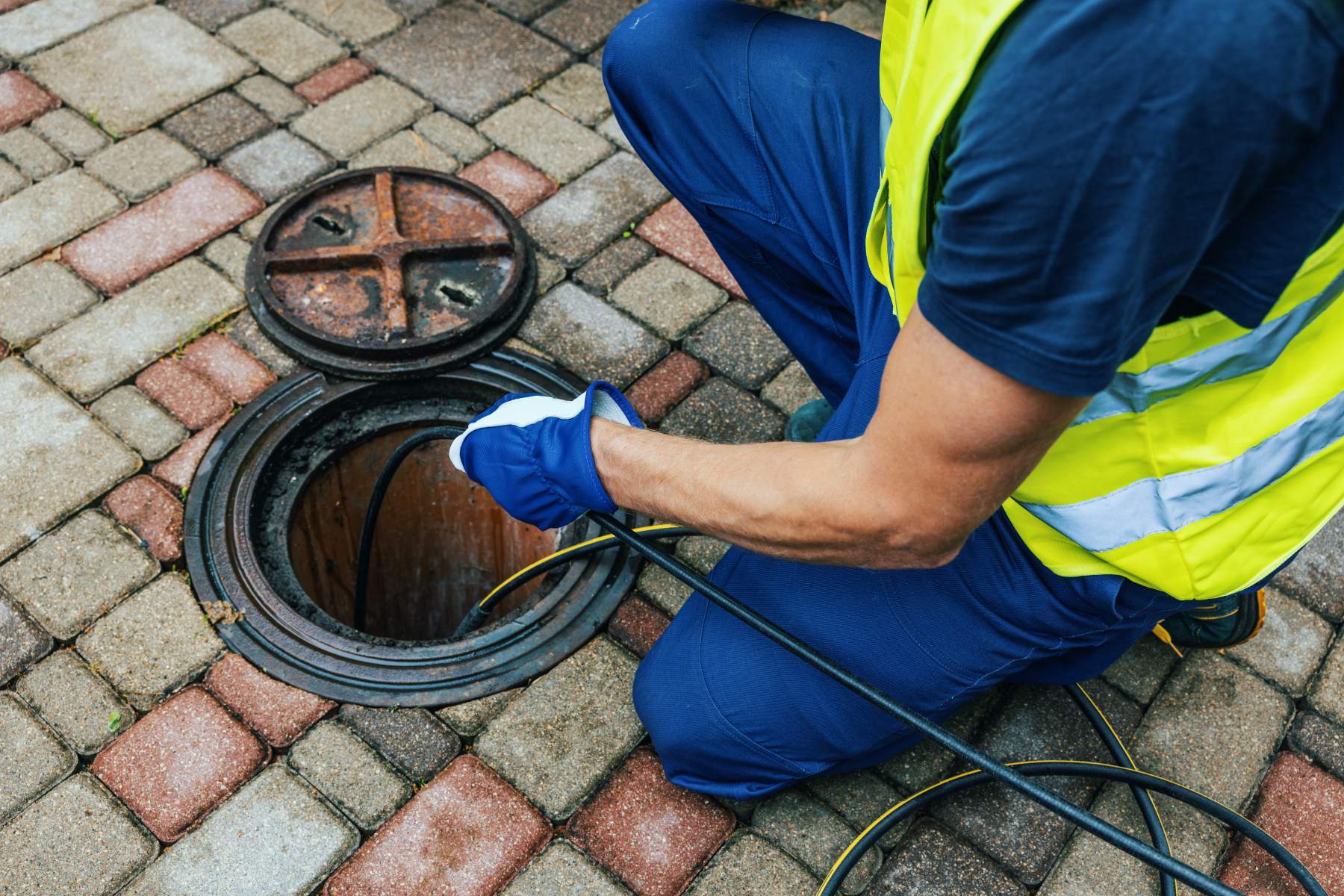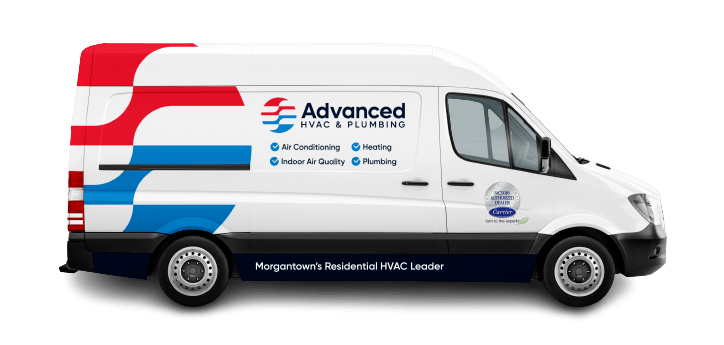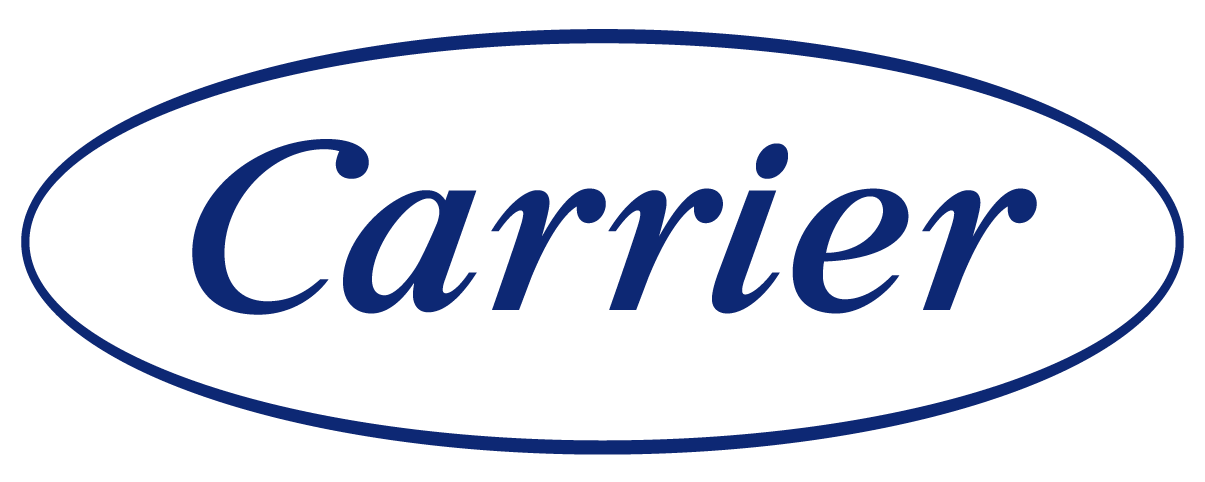
Understanding the Critical Connection Between Sewer Drains and Gas Lines
At Advanced HVAC & Plumbing, we recognize that modern home infrastructure requires careful coordination between multiple systems. Sewer drains and gas lines represent two essential utilities that often run parallel paths through residential and commercial properties, requiring specialized knowledge to install, maintain, and repair safely. Since our founding in July 2000, we’ve developed comprehensive expertise in managing these critical systems throughout Morgantown, WV, Kingwood, WV, Fairmont, WV, Cheat Lake, WV, Westover, WV, and Star City, WV. The proximity of these utilities demands precise understanding of building codes, safety protocols, and the potential interactions between waste management systems and natural gas distribution networks.
The relationship between sewer drains and gas lines extends beyond their physical proximity in utility corridors. Both systems require regular inspection and maintenance to prevent catastrophic failures that could endanger property and lives. When sewer gases accumulate due to improper venting or drainage issues, they can create explosive conditions if they come into contact with gas line leaks. Similarly, gas line ruptures near sewer systems can lead to dangerous infiltration of natural gas into drainage networks, creating hazards throughout entire neighborhood systems. Our technicians understand these risks and employ advanced detection equipment to identify potential problems before they escalate into emergencies.
Professional Installation Standards for Sewer and Gas Infrastructure
Installing sewer drains and gas lines requires adherence to strict municipal codes and industry standards that govern separation distances, material specifications, and installation depths. The International Plumbing Code mandates minimum horizontal separations of ten feet between gas lines and sewer mains when running parallel, though local jurisdictions often impose stricter requirements based on soil conditions and regional safety considerations. We ensure every installation meets or exceeds these standards, utilizing high-density polyethylene pipes for gas lines that resist corrosion and provide superior longevity compared to traditional steel alternatives. For sewer systems, we implement PVC or cast iron materials depending on application requirements and local code specifications.
The installation process begins with comprehensive site evaluation using ground-penetrating radar and utility locating services to map existing infrastructure. This preliminary assessment prevents accidental strikes during excavation and ensures optimal routing for new installations. We calculate proper slope gradients for sewer lines, typically maintaining a quarter-inch drop per foot to ensure adequate flow velocity while preventing excessive turbulence that could damage pipe joints. Gas line installations require pressure testing at 1.5 times the maximum operating pressure for a minimum duration of 30 minutes, ensuring system integrity before activation.
Common Issues Affecting Sewer Drains and Gas Lines
Property owners throughout our service area frequently encounter problems stemming from aging infrastructure, ground settlement, and environmental factors that affect both sewer and gas systems. Tree root infiltration represents a significant threat to sewer lines, as roots seek moisture and nutrients within drainage pipes, eventually causing blockages and structural damage. When these same roots encounter gas lines, they can create stress points that lead to leaks over time. We employ trenchless repair technologies including pipe bursting and cured-in-place pipe lining to address these issues without extensive excavation, minimizing disruption to landscaping and reducing repair costs by up to 40 percent compared to traditional replacement methods.
Corrosion affects both metallic gas lines and cast iron sewer pipes, particularly in areas with acidic soil conditions or high groundwater tables. The electrochemical process accelerates when dissimilar metals contact each other, creating galvanic corrosion that can perforate pipes within decades of installation. Regular inspection using video cameras for sewer lines and electronic leak detection for gas systems helps identify deterioration before complete failure occurs. No extra charges for nights and weekends means we can respond immediately when these critical issues arise, preventing property damage and ensuring family safety.
Safety Protocols and Emergency Response Procedures
We maintain rigorous safety protocols when working on properties where sewer drains and gas lines coexist. Our technicians receive annual certification in hazardous atmosphere monitoring, using four-gas meters to detect methane, hydrogen sulfide, carbon monoxide, and oxygen levels before entering confined spaces or excavating near utility corridors. The presence of sewer gases like hydrogen sulfide poses immediate health risks at concentrations above 10 parts per million, while methane from either sewer decomposition or gas line leaks creates explosion hazards at concentrations between 5 and 15 percent by volume.
- Immediate evacuation procedures: Clear all personnel from affected areas when gas concentrations exceed safe thresholds
- Ventilation protocols: Establish forced air circulation to dissipate accumulated gases before beginning repairs
- Ignition source control: Eliminate all potential spark sources including electrical equipment and mobile devices
- Continuous monitoring: Maintain real-time atmospheric testing throughout repair operations
- Emergency shutdown procedures: Locate and operate gas shutoff valves and sewer clean-outs
Preventive Maintenance Strategies
Implementing comprehensive preventive maintenance programs for sewer drains and gas lines significantly reduces emergency repair frequency and extends system lifespan. Annual video inspection of sewer lines identifies developing problems including offset joints, bellied pipes, and root intrusion before complete blockages occur. We recommend hydro-jetting services every 18 to 24 months for commercial properties and every three to five years for residential systems, using pressures up to 4,000 PSI to remove accumulated debris and restore full pipe capacity.
Gas line maintenance focuses on leak detection and pressure testing to ensure system integrity. We utilize sophisticated electronic sniffers capable of detecting gas concentrations as low as 5 parts per million, far below explosive limits but indicative of developing leaks requiring attention. Cathodic protection systems for metallic gas lines prevent corrosion by applying small electrical currents that counteract the electrochemical processes causing deterioration. These systems require periodic adjustment and anode replacement to maintain effectiveness, typically every 10 to 15 years depending on soil conditions.
Integration with HVAC Systems
The intersection of sewer drains, gas lines, and HVAC systems creates unique challenges requiring coordinated expertise. Furnace installations depend on reliable gas supply while generating condensate requiring proper drainage connections. High-efficiency furnaces produce acidic condensate with pH levels between 3 and 5, necessitating neutralization before discharge into sewer systems to prevent pipe degradation. We install condensate neutralizers containing calcium carbonate media that raises pH to acceptable levels while ensuring compliance with local wastewater regulations. Our heating service and furnace repair capabilities throughout the region ensure these integrated systems function optimally year-round, maintaining indoor comfort while protecting infrastructure investments through proper system coordination and maintenance protocols that address all aspects of modern mechanical system






